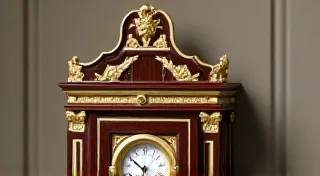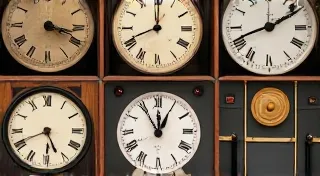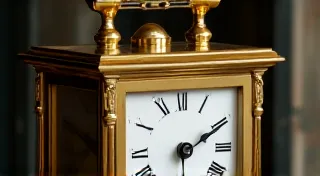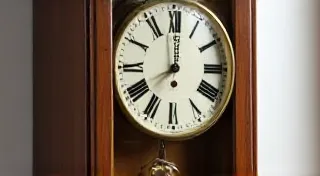Mantel Clocks Through the Ages: Styles and Trends
Mantel clocks, those charming timepieces designed to grace the shelves and mantels of homes, boast a rich history reflecting evolving tastes and technological advancements. Understanding the styles and trends that defined these clocks across the 18th, 19th, and 20th centuries is crucial for any serious collector or enthusiast. This guide explores those fascinating changes, offering insights into clock identification and appreciating their historical significance.
The 18th Century: Early Mantels and the Rise of Mahogany
The concept of a "mantel clock" as we know it began to solidify in the 18th century. Before this, timekeeping was often integrated into larger case clocks or bracket clocks. The rise of smaller, more decorative mantel pieces coincided with the growing popularity of interior design and the increased affordability of woodworking. Early mantel clocks were often variations on case clock designs, miniaturized and often richly ornamented.
Mahogany was the wood of choice for the wealthy during this era, and many 18th-century mantel clocks display its beautiful grain and dark hue. The movements were typically weight-driven, and ornamentation tended towards classical motifs – carved scrolls, fluted columns, and occasionally, inlaid materials like brass or mother-of-pearl. Look for hallmarks like a "French Cartel" movement, common in early mantel clocks.
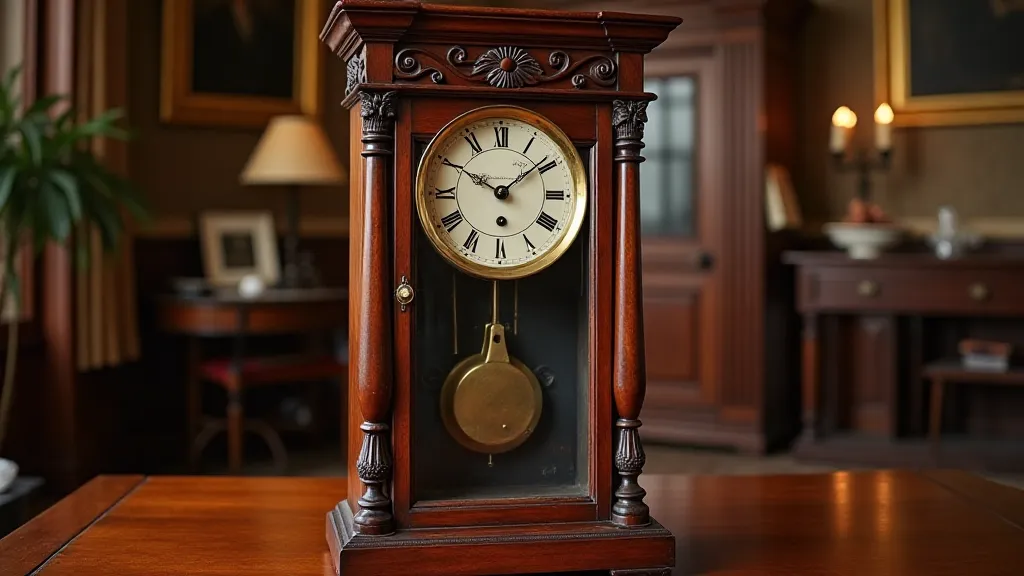
The 19th Century: Victorian Ornamentation and Mass Production
The 19th century witnessed a significant shift in mantel clock design, heavily influenced by the Victorian era’s love of ornamentation and the burgeoning industrial revolution. Mass production techniques allowed for greater affordability and wider availability of mantel clocks.
Design styles became incredibly diverse – from the Grecian revival to Rococo to Gothic. Walnut became a popular wood, often paired with ornate carvings, gilded accents, and applied decorative elements like porcelain panels or painted scenes. The introduction of the spring-driven movement freed up space for even more elaborate detailing. Look for signs of the Industrial Revolution: consistent repeating patterns, and sometimes, a slightly less-refined level of craftsmanship than earlier pieces.
Mid-century innovations included the use of music boxes, adding a melodic dimension to the timekeeping function. These "Anniversary" clocks were highly prized and sought after.
The Early 20th Century: Art Deco and Streamlined Design
The early 20th century saw a dramatic departure from the lavish ornamentation of the Victorian era. The Art Deco movement embraced streamlined designs, geometric shapes, and a sense of modernism. Mantel clocks followed suit, shedding the excess and embracing clean lines.
Materials like Bakelite, chrome, and enameled metal became popular alternatives to wood. Many clocks featured stylized numerals, geometric patterns, and a sense of forward motion. The focus shifted to functionality and elegance. These clocks frequently utilized electric movements, a sign of the increasing prevalence of electricity in homes.
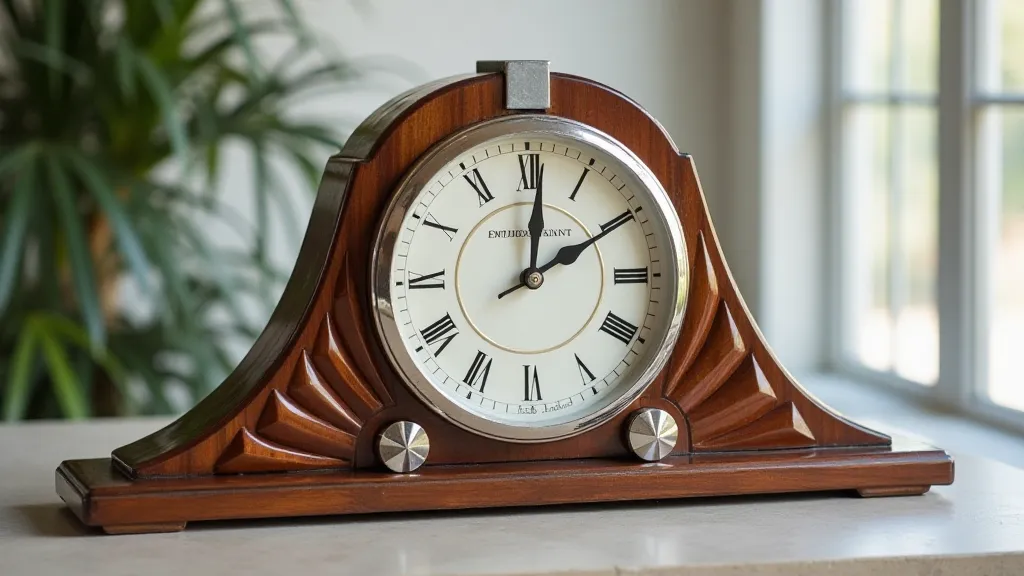
Late 20th Century and Beyond: Revival and Modern Interpretations
The late 20th century saw a revival of interest in antique clocks, influencing contemporary design. While many modern mantel clocks continue to embrace minimalist aesthetics, others draw inspiration from earlier styles, offering updated interpretations of classic designs. Quartz movements became increasingly common, offering convenience and accuracy.
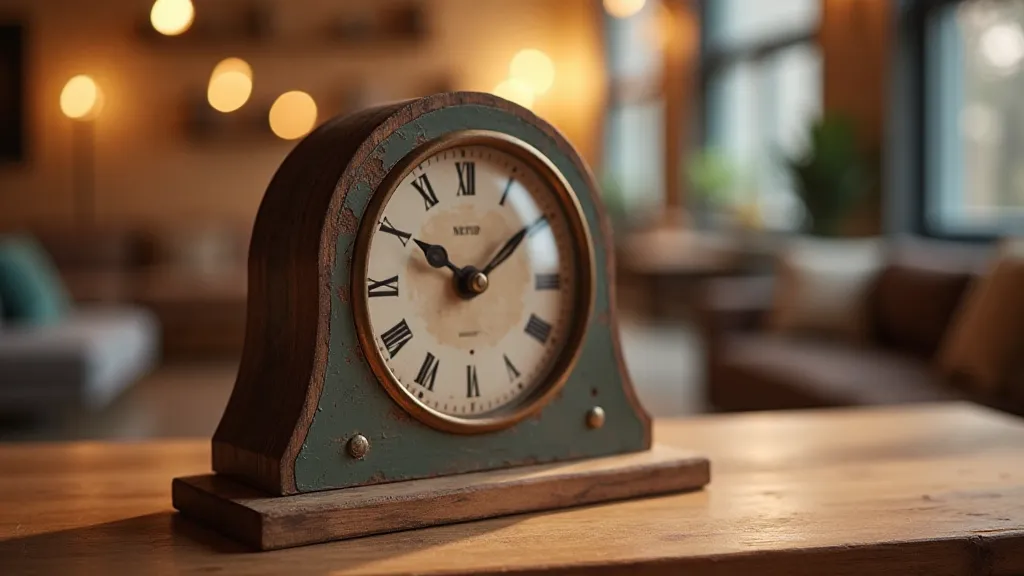
Key Considerations for Identifying Antique Mantel Clocks
- Movement Type: Weight-driven, spring-driven, or electric.
- Wood Type: Mahogany, walnut, oak, or other materials.
- Ornamentation: Carvings, inlays, painted scenes, or other decorative elements.
- Case Shape: Rectangular, oval, arched, or other forms.
- Maker’s Mark: Look for identifying marks that can help trace the clock's origin.
By understanding the evolution of mantel clock styles, you're better equipped to appreciate their beauty, historical significance, and inherent value.
